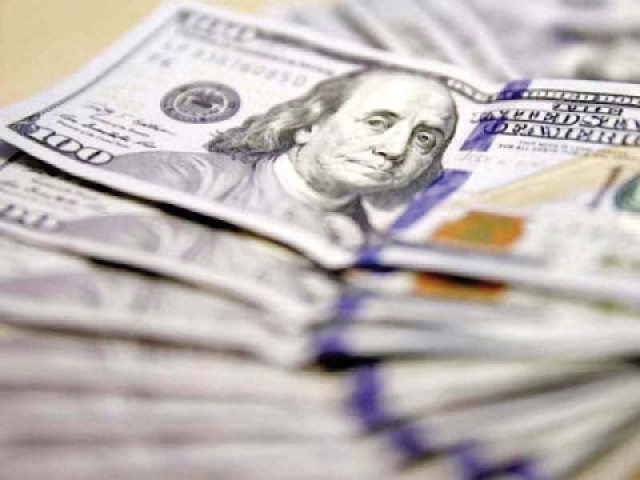Govt unable to meet saving and investment targets
Investment-to-GDP ratio stands at 16.4% against target of 17.2%; savings slipped even below last year’s level

Due to low savings and investment ratios, Pakistan’s current account deficit is now projected to widen to 5% of GDP - higher than last year’s level of 4.1%. The new projected current account deficit is almost double the official target of 2.6% of GDP. PHOTO: FILE
By the end of fiscal year 2017-18, private investment has been projected to fall to the lowest level in five years, despite the bonanza of the China-Pakistan Economic Corridor, according to the working of National Accounts Committee. In addition, the national savings to Gross Domestic Product (GDP) ratio also fell to a ten-year low.
Failure to achieve these two crucial targets has limited the government’s ability to spend on deteriorating infrastructure and social sectors from its own resources. This has inevitably increased government’s reliance on external and domestic sources to meet its requirements, resulting in mushroom growth in public debt in past five years.
Pakistan not to make CSF part of budget estimates
The investment-to-GDP ratio stood at just 16.4% against a target of 17.2%, said the sources. The ratio was slightly better than last-year’s revised rate of 16.1%, they added. Under the Five-Year Plan 2013-18, the PML-N government set a target to enhance the investment-to-GDP ratio to 22.8% by 2017-18.
The government’s inability to increase investment as a percentage of the total size of the national economy remains its biggest failure on the economic front, suggesting that structural obstacles remain unaddressed despite undertaking so-called reforms under the $6.2 billion International Monetary Fund programme.
Savings slipped even below last year’s level and stood at 11.4% of GDP - far below the target of 14.6%. In the last fiscal year, savings were recorded at 12% of GDP. It was the lowest ratio in last ten years. In fiscal year 2007-08, the savings-to-GDP ratio had clocked in at 11%. Under the five-year plan, the PML-N government had targeted to increase savings to 21.3% of GDP.
Due to low savings and investment ratios, Pakistan’s current account deficit is now projected to widen to 5% of GDP - higher than last year’s level of 4.1%. The new projected current account deficit is almost double the official target of 2.6% of GDP.
These figures of investment and savings would be officially published in the Economic Survey of Pakistan 2017-18 to be unveiled on April 26.
To enhance the economy’s repayment capacity, there must be sustained economic growth and an increase in exports, which is only possible if there are higher savings and investments, including public investment, according to a report by the Institute of Policy Reforms (IPR).
The IPR stated that positive effects of Chinese public and private investment on Pakistan’s economy will require structural reforms and improved governance.
Pakistan has one of the lowest investment and saving rates in the region and the world, obstructing progress towards sustainable inclusive economic growth path.
Pakistan provisionally achieved 5.8% growth rate in fiscal year 2017-18, which was the highest level in the last 12 years. But it was largely consumption-led economic growth and slightly below the official target of 6%.
‘Pakistan’s economy faces challenges’ due to reforms’ reversal
Fixed investment remained at only 14.8% of GDP in fiscal year 2017-18 against the target of 15.6%. It was up 0.3% from last-year’s level. Public investment increased to 5% of GDP, which was better than the 4.5% target. Public investment increased ahead of next general elections.
Just 10% of bank credit went to the fixed investment during first half of the current fiscal year, according to the IPR.
However, the worrisome area is the private investment. The target of private investment was also missed by a wide margin, which stood at 9.8% of GDP as against the target of 11.2%. The results are worse than last year when private investment was estimated at 10%.
Sources said that in dollar terms the per-capita income has grown by only 0.6% to $1,638.2 - up $9 per person in the outgoing fiscal year 2016-17. Pakistan continues to be in the league of low middle-income countries. It needs to enhance the per-capita income to over $4,000 to be labeled a middle-income country.
Published in The Express Tribune, April 11th, 2018.
Like Business on Facebook, follow @TribuneBiz on Twitter to stay informed and join in the conversation.



















COMMENTS
Comments are moderated and generally will be posted if they are on-topic and not abusive.
For more information, please see our Comments FAQ